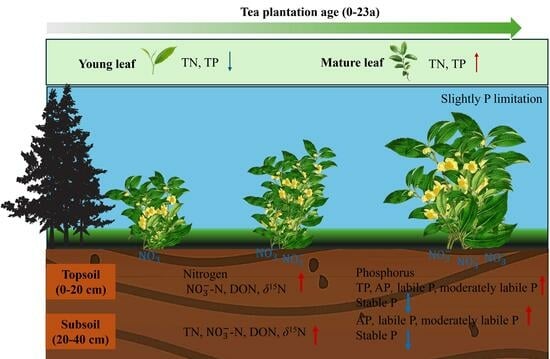Patterns of Nitrogen and Phosphorus along a Chronosequence of Tea Plantations in Subtropical China
Abstract
Share and Cite
Zou, S.; Huang, C.; Chen, Y.; Bai, X.; Li, W.; He, B. Patterns of Nitrogen and Phosphorus along a Chronosequence of Tea Plantations in Subtropical China. Agriculture 2024, 14, 110. https://doi.org/10.3390/agriculture14010110
Zou S, Huang C, Chen Y, Bai X, Li W, He B. Patterns of Nitrogen and Phosphorus along a Chronosequence of Tea Plantations in Subtropical China. Agriculture. 2024; 14(1):110. https://doi.org/10.3390/agriculture14010110
Chicago/Turabian StyleZou, Shun, Chumin Huang, Yang Chen, Xiaolong Bai, Wangjun Li, and Bin He. 2024. "Patterns of Nitrogen and Phosphorus along a Chronosequence of Tea Plantations in Subtropical China" Agriculture 14, no. 1: 110. https://doi.org/10.3390/agriculture14010110
APA StyleZou, S., Huang, C., Chen, Y., Bai, X., Li, W., & He, B. (2024). Patterns of Nitrogen and Phosphorus along a Chronosequence of Tea Plantations in Subtropical China. Agriculture, 14(1), 110. https://doi.org/10.3390/agriculture14010110








